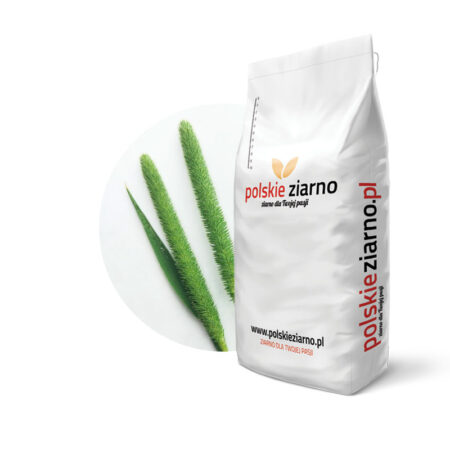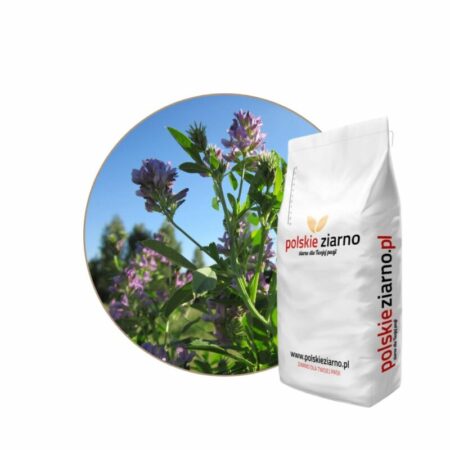Description
Ryegrass for Forage – Efficient and Versatile
Ryegrass forage is a tetraploid grass with high yields, valued in the production of feed for cattle, sheep, horses and other farm animals. It is characterized by rapid growth, high protein content and large yields of green mass, which makes it an excellent feed. Thanks to its exceptional regeneration after mowing and resistance to changing weather conditions, this ryegrass provides stable yields throughout the growing season.
High quality feed
Ryegrass forage is particularly valued for its high protein content, which makes it an excellent choice for feed for various animal species. This grass is easily digestible, providing animals with the necessary energy for proper growth and production. In addition, it also provides carbohydrates, vitamins and minerals that support the health and condition of animals.
Fast growth and regeneration
This ryegrass is characterized by rapid growth and exceptional regrowth energy, which allows for frequent harvesting. Its rapid regeneration after mowing allows for obtaining high-quality green mass throughout the season. Thanks to the high number of generative shoots, this plant also allows for the production of large seed yields.
Resistance to changing weather conditions
One of the main advantages of ryegrass is its resistance to changing weather conditions, such as periodic droughts or low temperatures. This plant shows great tolerance to difficult weather conditions, thanks to which it can be grown in various parts of the country, even in regions with a less favorable climate.
Agronomic benefits
Growing ryegrass for forage contributes to improving soil quality. The strong root system of this plant improves the physical and chemical properties of the soil, which promotes better yields in subsequent seasons. In addition, this ryegrass works perfectly in grass mixtures, allowing the creation of ideal sets for various agricultural and horticultural systems.
Versatility of use
Ryegrass is recommended for cultivation in various systems, both in pure sowing and in mixtures. Thanks to its versatility, it is an ideal solution for fodder crops, both in the form of green fodder, silage, and for other agricultural purposes.
Sowing rate:
- Sowing rate for seed crops: 18-25 kg/ha
- When growing green fodder: 30-35 kg/ha











